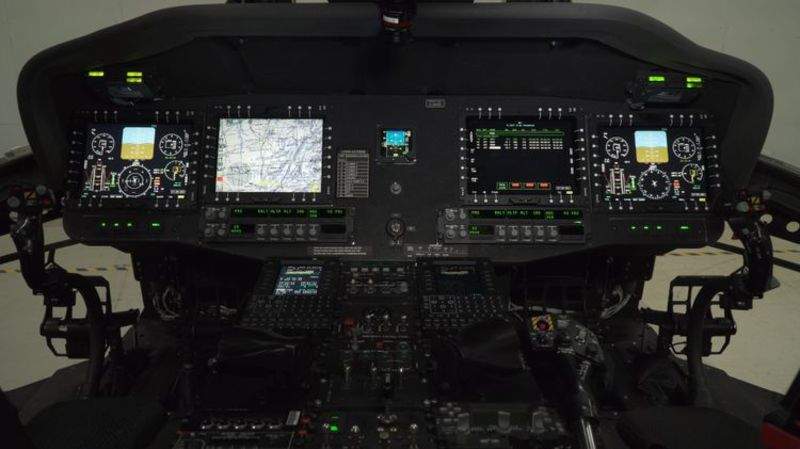
The US Army has received a delivery of new software to be integrated onto the service’s UH-60V Black Hawk helicopter.
Developed by Northrop Grumman, the software helps the helicopter enter its limited user testing (LUT) phase, a major milestone leading to the milestone C low-rate initial production (LRIP) decision.
Under a contract awarded in 2014, the company provided the US Army with the integrated avionics suite for the UH-60V helicopter, which upgrades the UH-60L Black Hawk aircraft with a digital cockpit.
The digital cockpit software build includes all the functionality required for the LUT.
During testing, the company will evaluate the system’s operational readiness, capabilities and compatibility with the UH-60M pilot-vehicle interface.
Northrop Grumman Land and Avionics Command, Control, Communications, Computers, Intelligence, Surveillance and Reconnaissance (C4ISR) Division director Ed Griebel said: “This software delivery milestone is an important step forward in our journey to provide cutting-edge capabilities and mission-enabling solutions to warfighters through an affordable, low-risk digital cockpit upgrade.
“Our mission solution preserves investment in the Black Hawk fleet while modernising the aircraft to provide warfighters with a decisive advantage.”
In February last year, Northrop Grumman, together with the US Army Prototype Integration Facility and prime contractor Redstone Defense Systems, successfully completed the first flight of the UH-60V Black Hawk helicopter upgraded with the new digital cockpit.
The UH-60V Black Hawk helicopter is slated to enter LRIP next year.
With the capability to traverse both the military and civilian airspace across the world, the US Army’s Black Hawk aircraft meets the standards for safety-critical software development.
The helicopter is designed to comply with the US Federal Aviation Administration (FAA) and the European Aviation Safety Agency’s Global Air Traffic Management requirements.



